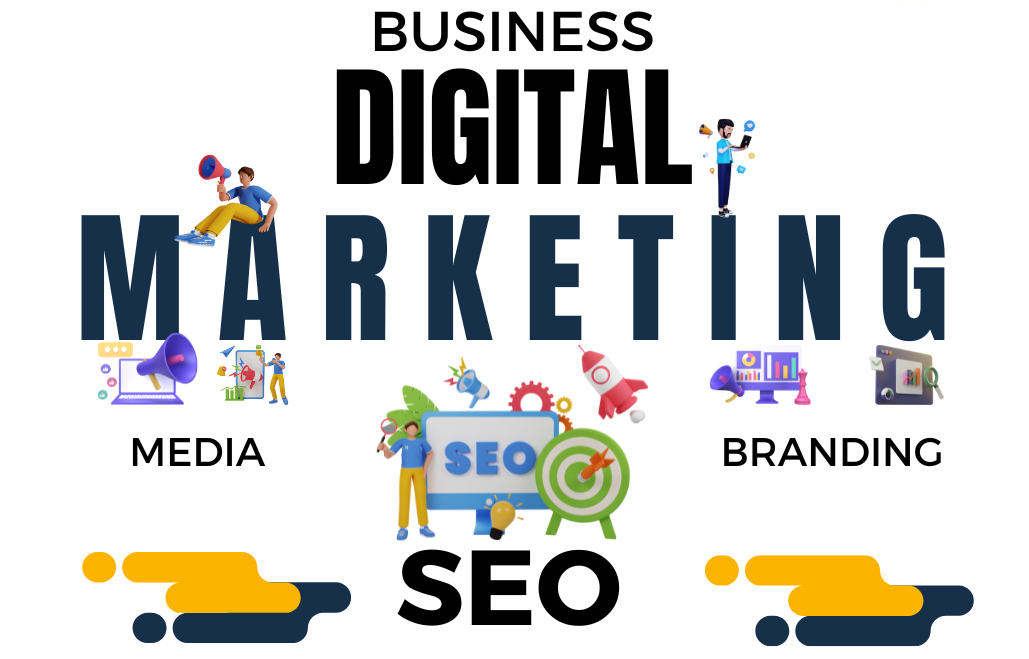Introduction to Digital Marketing
Digital marketing involves marketing goals through online channels such as email and social media to support and advance business objectives. Digital Marketing has multiple touchpoints(awareness, consideration, conversion, and loyalty) which are discussed in depth in another blog post of ours. First, marketers need to be strategic and develop a digital marketing strategy. A digital marketing strategy is a plan for achieving specific goals through online channels such as social media or email to support and advance business objectives. A digital marketing strategy involves a combination of digital channels such as display ads(these are any ads you see online in non-video form) you use to reach your goals, and how you divide your budget among them. To plan an effective digital marketing strategy a great marketer researches their audience, sets goals, reviews existing media for gaps, selects marketing channels, plans content, measuring and analyzing the results.
The marketing goals, business goals, and performance goals a marketer sets should be SMART(specific, measurable, attainable, relevant, time-bound) goals. Marketing goals are focused on specific objectives in a marketing plan or strategy that should support a business’s larger aims. A business goal is focused on desired aims, achievements, or outcomes for a business. Performance marketing is the process of using concrete information about customer behaviors to plan and refine marketing and sales strategies. Performance marketing focuses on measurable results, like clicks and conversions.
Setting SMART goals
Before setting SMART goals, a marketer needs to research their audience and develop a customer persona. A customer persona represents a group of similar people in a desirable audience. A customer persona can include a target audience’s age, marital status, whether or not they have children, gender, race, educational attainment, geographical location, etc. It’s a good idea for a marketer to create a customer persona for a few reasons including to better understand the customer’s perspectives, to create customized content, and more effective ad targeting.
A SMART goal is firstly specific and identifies what a marketing campaign wants to accomplish. Secondly, a SMART goal is measurable and success metrics can be identified which indicate whether the objective has been met. Thirdly, a SMART goal is a marketing goal that can be realistically attained. A SMART goal is also relevant to a specific marketing goal which is aligned with an objective of your company. A SMART goal is set with a realistic time frame in which this goal can be met.
Types of Media
In digital marketing, there are three types of media that are focused on: paid media, owned media, and earned media. Paid media is any form of digital promotion that a brand pays to put online. Examples of paid media include banner ads, video ads, social media ads, shopping ads, and pop-up ads. Owned media is all the digital content that a brand fully controls. Examples of owned media include website content, blogs, eBooks, social media content, whitepapers, and case studies. Breaking the fourth wall, this blog post could be an example of owned media. Lastly, earned media is positive digital exposure generated through personal or public recommendations. Examples of earned media include social media mentions, blog posts, written or video reviews, and positive press coverage. A clearer example would be Instagram or YouTube channels endorsing a product or service or a local news report about a business, product, or service.
Fill out our contact form now to get in contact with us and get a FREE analysis of your website. Additionally, to view more blog posts about SEO, Divi, WordPress, WordPress plugins, digital marketing, computer science topics, or other related topics, visit our website’s blog section.
